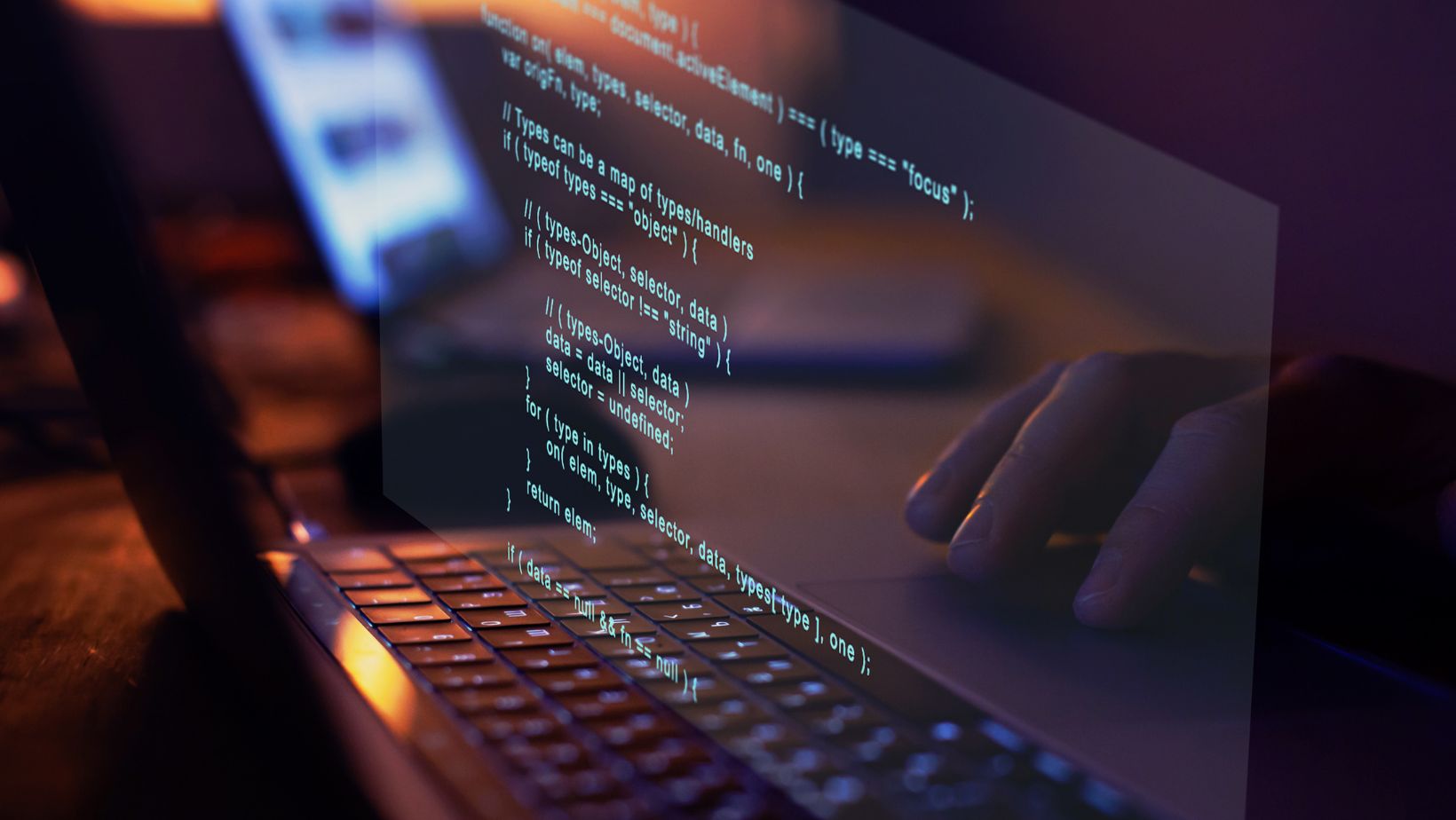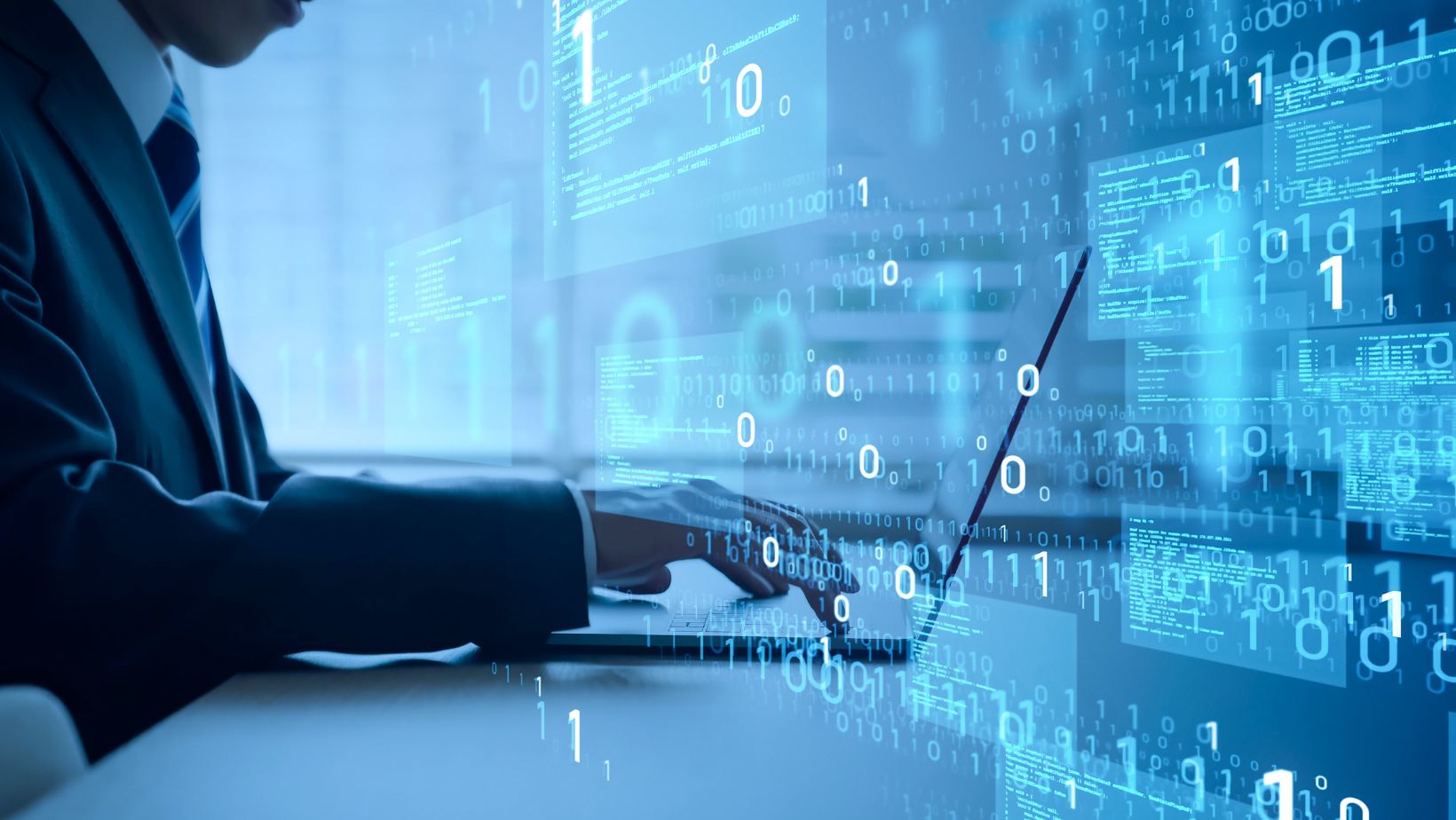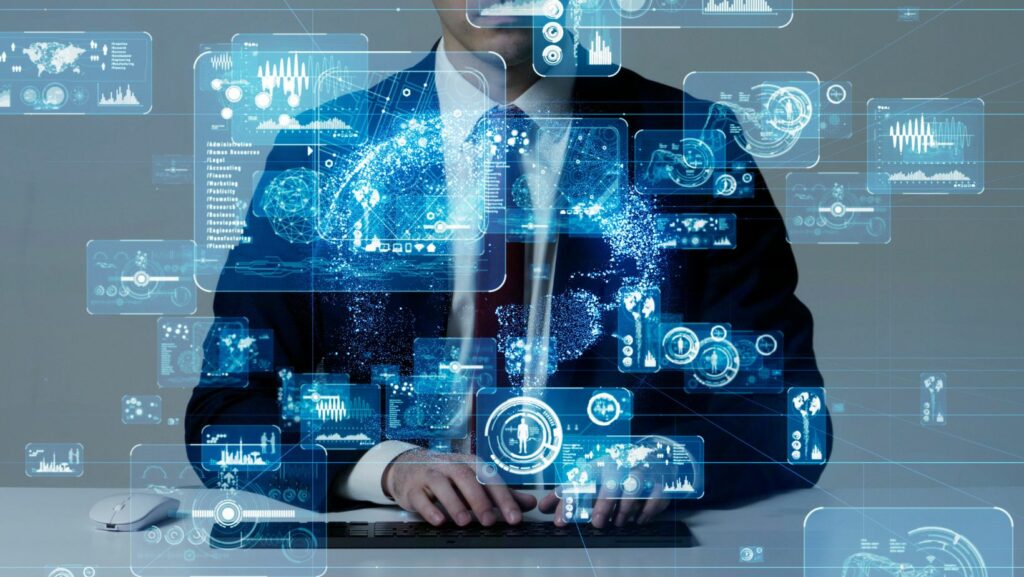As a tech enthusiast, I’m always on the lookout for the latest innovations shaping the digital landscape. In the realm of software development, a new paradigm is emerging – Software 2.0. This next generation of software is revolutionizing the way programs are created and optimized, ushering in a new era of intelligent applications. Gone are the days of traditional programming methods; Software 2.0 leverages machine learning and artificial intelligence to power algorithms that can adapt and improve on their own. It’s a fascinating shift that promises more efficient, self-learning systems that constantly evolve to meet user needs.
Software 2.0

In Software 2.0, traditional programming methods are replaced with machine learning and artificial intelligence to create algorithms that can independently adapt and improve. This shift results in more efficient, self-learning systems that evolve to better meet user needs. Software 2.0 signifies a paradigm shift in software development, where intelligent applications are built using machine learning and artificial intelligence. Unlike traditional software (Software 1.0), which relies heavily on manual coding, Software 2.0 leverages algorithms that learn from data and improve themselves over time. This approach enables software to evolve and enhance its functionality without constant human intervention.
The Evolution From Software 1.0
Software 1.0 represents the traditional way of developing applications, where programmers manually code instructions for the software to follow. In contrast, Software 2.0 represents a leap forward by incorporating machine learning models that can analyze data, detect patterns, and make predictions without explicit programming. The evolution from Software 1.0 to Software 2.0 marks a transformative change in how software is created and optimized, ushering in a new era of intelligent and adaptive applications.
Characteristics of Software 2.0
Software 2.0 is defined by its unique characteristics that set it apart from traditional programming methods, ushering in a new era of intelligent applications.
Data-Driven Development

In Software 2.0, the focus shifts towards utilizing data to train algorithms, allowing them to learn patterns and make decisions independently. This data-driven approach enables software to adapt and evolve based on real-world information without the need for explicit programming instructions. By continuously analyzing and learning from new data, Software 2.0 applications improve over time, enhancing their performance and relevance in dynamic environments. This approach empowers machine learning models to evolve and adapt based on the data they encounter, leading to more intelligent and efficient systems.
Fewer Traditional Coding Requirements
Unlike Software 1.0, which heavily relies on manual coding and explicit instructions, Software 2.0 reduces the dependence on traditional programming practices. With machine learning algorithms at the core, developers can spend less time writing intricate code and more time refining the data pipelines and models that drive the software’s intelligence. This shift allows for faster deployment of new features and updates, accelerating the pace of innovation in software development.
Applications of Software 2.0
In the realm of machine learning, Software 2.0 revolutionizes the way algorithms are developed and utilized. Traditional programming methods are being replaced by self-learning systems that adapt and improve independently, enhancing the efficacy of machine learning applications significantly.
In Machine Learning
In machine learning, Software 2.0 marks a significant shift from manual coding to algorithms that learn from data, enabling continuous self-improvement without constant human intervention. This approach empowers machine learning models to evolve and adapt based on the data they encounter, leading to more intelligent and efficient systems.
In Automation and Robotics

Software 2.0’s impact on automation and robotics is profound, as it enables the development of intelligent and adaptive systems that can operate autonomously based on real-world information. By reducing the reliance on traditional coding practices and focusing on data-driven development, Software 2.0 accelerates innovation in automation and robotics, paving the way for a future where machines can learn and improve their performance iteratively.
Benefits of Adopting Software 2.0
Increased Efficiency
I’ve experienced firsthand the remarkable boost in efficiency that Software 2.0 brings. With algorithms learning independently from data, systems evolve continuously without the need for constant human intervention. This autonomous learning leads to faster problem-solving and streamlined processes.



